10 Best Herbal Baths For Rashes

Herbal baths can be a soothing and effective remedy for rashes, offering natural relief from irritation and inflammation.
Herbs such as chamomile, calendula, and lavender are commonly used due to their anti-inflammatory and antiseptic properties. These herbs can be brewed into a calming bath solution, which helps to cleanse the skin and promote healing. Adding a few drops of essential oils to the bath can enhance its therapeutic effects, though caution should be taken to avoid allergic reactions.
Overall, herbal baths provide a gentle, holistic approach to managing rashes while promoting relaxation and skin health.
FREE Herb Drying Checklist
How to make sure every batch retains maximum flavor, color, and aroma without the risk of mold or over-drying. Eliminate guesswork and trial-and-error, making herb drying faster, easier, and more efficient every time.
Table of Contents
1. Aloe barbadensis
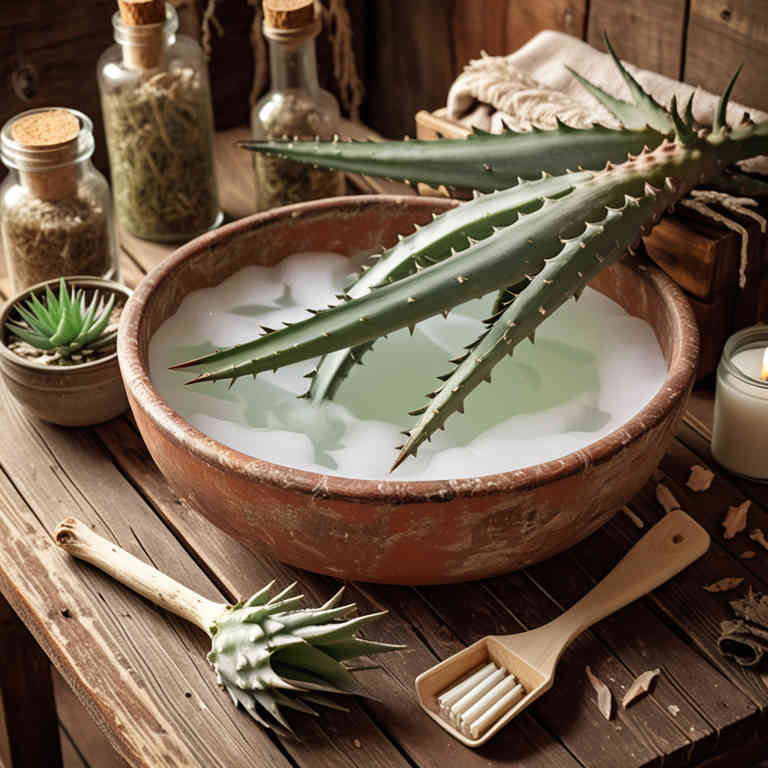
Aloe barbadensis, commonly known as aloe vera, is widely used in herbal baths to soothe and heal skin rashes due to its anti-inflammatory and moisturizing properties.
When incorporated into a bath, aloe vera can help reduce redness, irritation, and itching associated with various types of rashes, such as eczema or contact dermatitis. The gel from the aloe plant contains enzymes, vitamins, and antioxidants that promote skin healing and regeneration, making it a natural remedy for sensitive skin. To use aloe vera in a bath, it can be mixed with warm water or combined with other soothing ingredients like oatmeal or lavender oil for added benefits.
Regular use of aloe-based herbal baths can provide relief and support the skin's natural recovery process without the use of harsh chemicals.
2. Urtica dioica

Urtica dioica, commonly known as stinging nettle, has been traditionally used in herbal baths to soothe rashes and skin irritations.
The leaves of this plant contain compounds that can help reduce inflammation and redness when applied topically. To prepare a nettle bath, fresh or dried leaves are steeped in warm water, allowing the beneficial compounds to infuse into the solution. Soaking in this bath for 15 to 20 minutes can provide relief from itching and promote skin healing.
However, it is important to perform a patch test first, as some individuals may experience an allergic reaction to nettle.
3. Hypericum perforatum

Hypericum perforatum, commonly known as St. John's Wort, has been traditionally used in herbal baths to soothe skin rashes and irritations.
The infusion of hypericum leaves in warm water creates a calming and antiseptic bath that can help reduce inflammation and redness associated with various skin conditions. Its active compounds, such as hypericin and flavonoids, are believed to have antimicrobial and anti-inflammatory properties that support skin healing. To prepare the bath, a handful of dried hypericum leaves is steeped in boiling water for several hours, then strained and added to warm bath water.
Regular use of this herbal bath may provide relief for minor rashes, eczema, or insect bites, though it is advisable to consult a healthcare provider before use, especially for those on medications or with sensitive skin.
4. Calendula officinalis
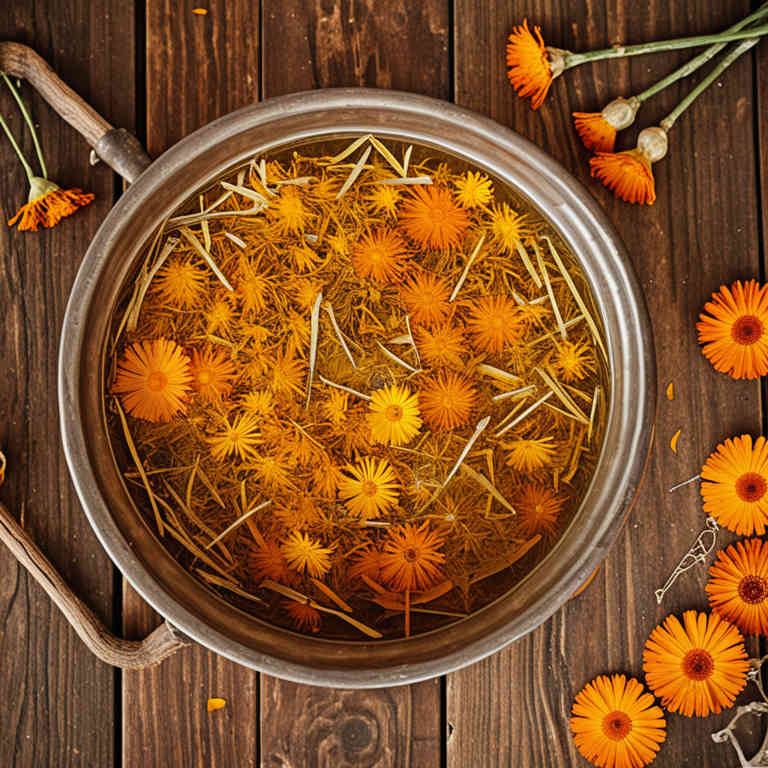
Calendula officinalis, commonly known as pot marigold, is a popular herbal remedy often used in baths to soothe skin rashes.
Its anti-inflammatory and antiseptic properties help reduce redness, irritation, and infection in affected areas. To prepare a calendula bath, a few tablespoons of dried calendula flowers are steeped in hot water and then added to a warm bath. This gentle immersion allows the skin to absorb the beneficial compounds, promoting healing and relief.
Calendula baths are especially beneficial for conditions like eczema, diaper rash, and insect bites, offering a natural and soothing alternative to conventional treatments.
5. Chamomilla recutita
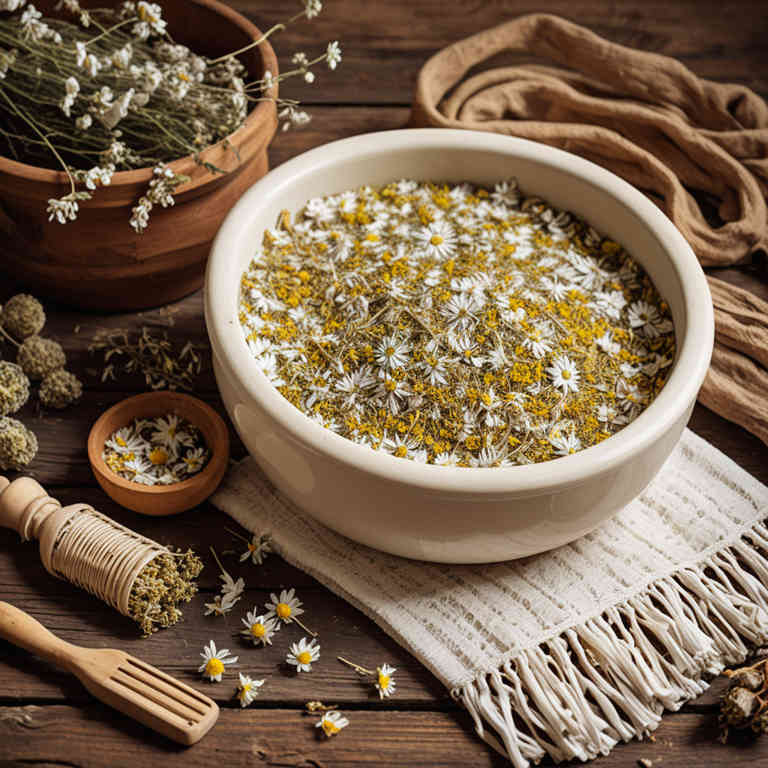
Chamomilla recutita, commonly known as German chamomile, is often used in herbal baths to soothe skin rashes due to its anti-inflammatory and antiseptic properties.
When infused into bath water, chamomile can help reduce redness, itching, and irritation associated with conditions like eczema or diaper rash. The essential oils in chamomile, such as bisabolol and chamazulene, have been shown to promote skin healing and provide a calming effect. To prepare a chamomile bath, steep a handful of dried chamomile flowers in hot water for about 10 minutes, then add the liquid to warm bath water.
This gentle, natural remedy can be a safe and effective way to relieve discomfort from various types of skin rashes.
6. Equisetum arvense

Equisetum arvense, commonly known as field horsetail, has been traditionally used in herbal baths to soothe rashes and skin irritations due to its high concentration of silica and other beneficial compounds.
The silica content in horsetail helps to strengthen skin structure and promote healing, making it particularly effective for conditions like eczema, psoriasis, and insect bite reactions. When infused into a bath, the plant's astringent properties can help reduce inflammation and redness while also providing a cooling effect to relieve itching. To prepare the bath, a handful of dried horsetail can be steeped in hot water for several hours, then strained and added to warm bath water.
Regular use of horsetail baths may offer natural relief for various skin issues, though it is advisable to consult a healthcare professional before use, especially for severe or persistent rashes.
7. Lavandula angustifolia

Lavandula angustifolia, commonly known as English lavender, is widely used in herbal baths for its soothing and anti-inflammatory properties.
When added to warm bath water, lavender essential oil or dried lavender flowers can help alleviate skin irritations and rashes by reducing redness, itching, and inflammation. The calming aroma of lavender also promotes relaxation and may aid in stress-related skin conditions. A lavender bath can be particularly beneficial for eczema, diaper rash, and insect bites, offering a natural and gentle alternative to conventional treatments.
Regular use of lavender-infused baths may help improve overall skin health and provide a soothing, therapeutic experience.
8. Symphytum officinale
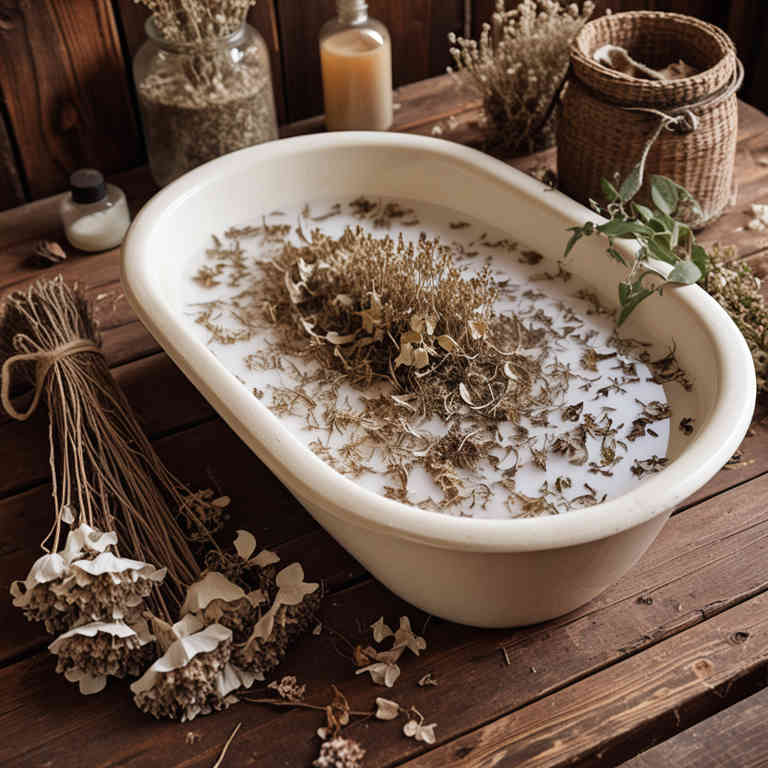
Symphytum officinale, commonly known as comfrey, has been traditionally used in herbal baths to soothe skin rashes and promote healing.
The plant contains allantoin, a compound known for its ability to stimulate skin cell regeneration and reduce inflammation. When used in a bath, comfrey can help alleviate irritation, redness, and itching associated with various types of rashes. However, it is important to note that internal use of comfrey is discouraged due to potential toxicity, though topical application in a diluted form is generally considered safe for external use.
As with any herbal remedy, it is advisable to consult with a healthcare professional before incorporating comfrey into a skincare routine.
9. Matricaria chamomilla
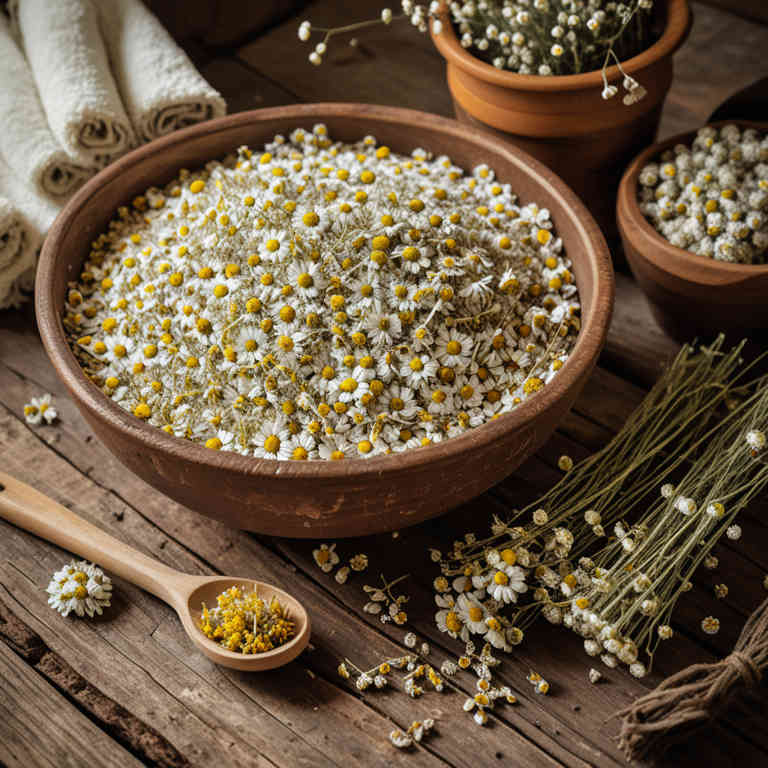
Matricaria chamomilla, commonly known as chamomile, is a gentle herb often used in herbal baths to soothe skin irritations and rashes.
Chamomile contains anti-inflammatory and antiseptic properties that help reduce redness, itching, and swelling associated with rashes. To prepare a chamomile bath, steep a handful of dried chamomile flowers in boiling water for about 10 minutes, then strain the liquid and add it to a warm bath. Soaking in this bath for 15 to 20 minutes can provide significant relief and promote skin healing.
It is especially beneficial for sensitive skin and can be used as a natural remedy for eczema, psoriasis, or insect bite reactions.
10. Sutherlandia frutescens

Sutherlandia frutescens, also known as cancer bush, is traditionally used in South African herbal medicine for its potential anti-inflammatory and soothing properties.
Herbal baths infused with Sutherlandia frutescens may help alleviate symptoms of rashes by reducing skin irritation and promoting healing. The plant contains compounds such as sutherlandin and other bioactive substances that may support the body’s natural healing processes. When used in a bath, the mild herbal infusion can provide a calming and nourishing effect on the skin.
However, it is important to consult a healthcare professional before using Sutherlandia frutescens, especially for severe or persistent rashes, to ensure safety and proper treatment.